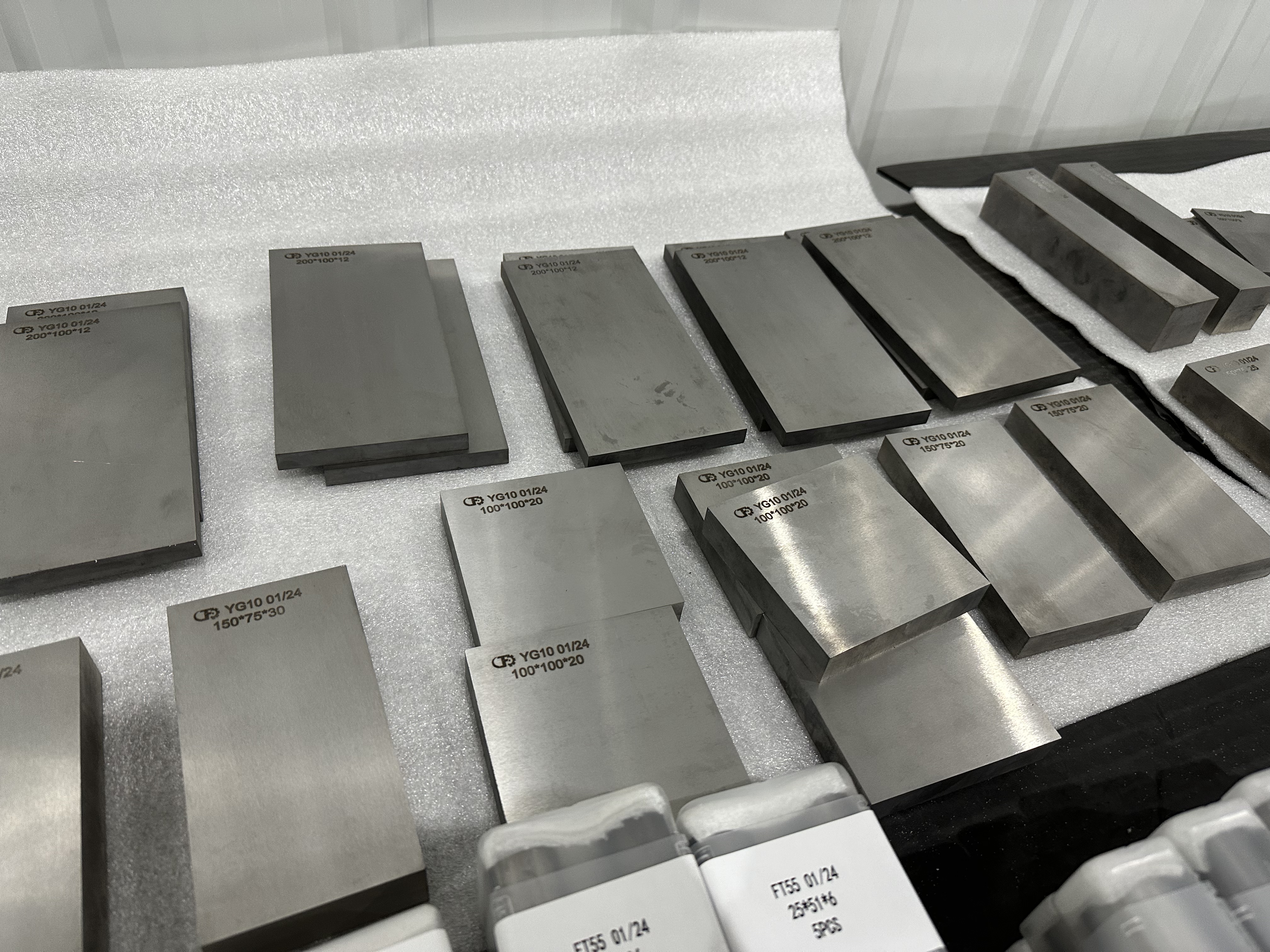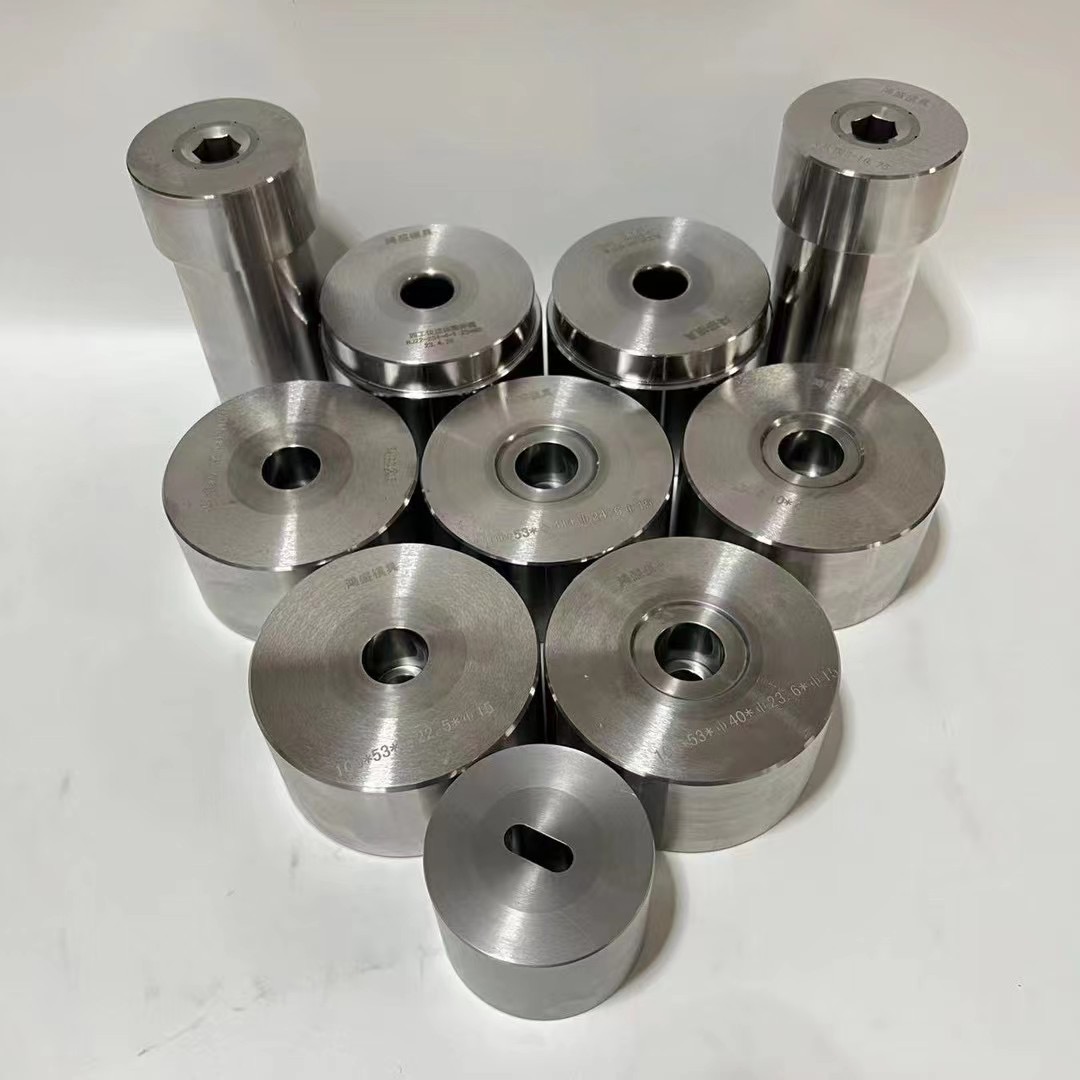Classified by mold structure form, such as single-process molds, compound punching dies, etc.; Classified by use objects, such as automobile covering parts, motor molds, etc.; Classified by the properties of processed materials, such as molds for metal products, molds for non-metallic products, etc.; Classification of mold manufacturing materials, such as carbide molds, etc.:
Classification according to process properties, such as deep drawing, powder metallurgy, forging, etc. Some of these classification methods cannot fully reflect the structure and forming process characteristics of various molds, as well as their use functions. To this end, a comprehensive classification method based on the nature of the mold forming process and the objects of use is adopted, and the molds are divided into: stamping molds (punching dies), plastic molding molds, die-casting molds, forging molds, metal molds for casting, There are ten categories of tungsten carbide powder metallurgy molds, glass product molds, rubber molding molds, ceramic molds, and economical molds (simple molds). Each major type of mold can be divided into several categories according to the mold structure, materials, usage functions, and molding methods. Subclass or variety
Post time: Jan-27-2024










